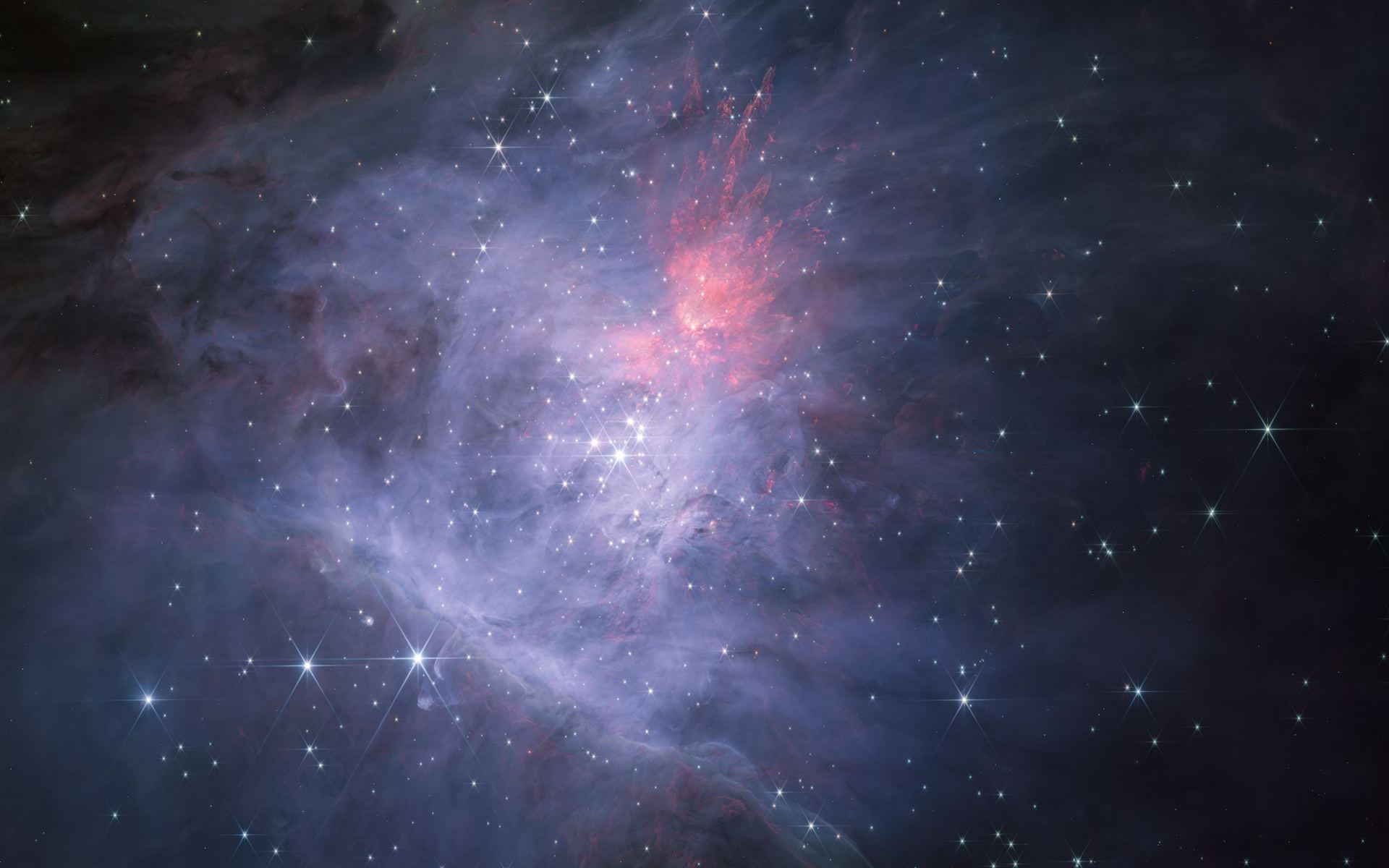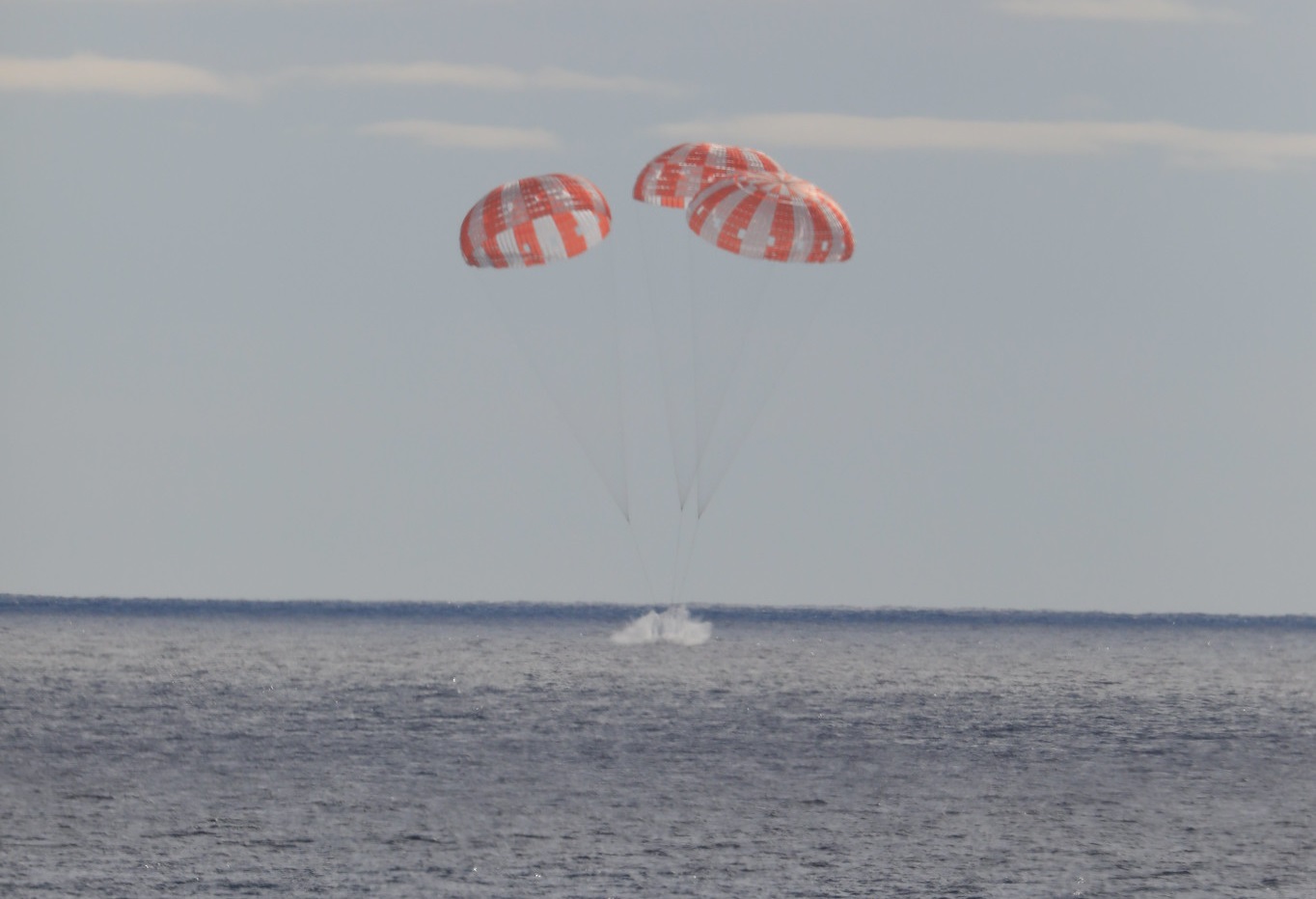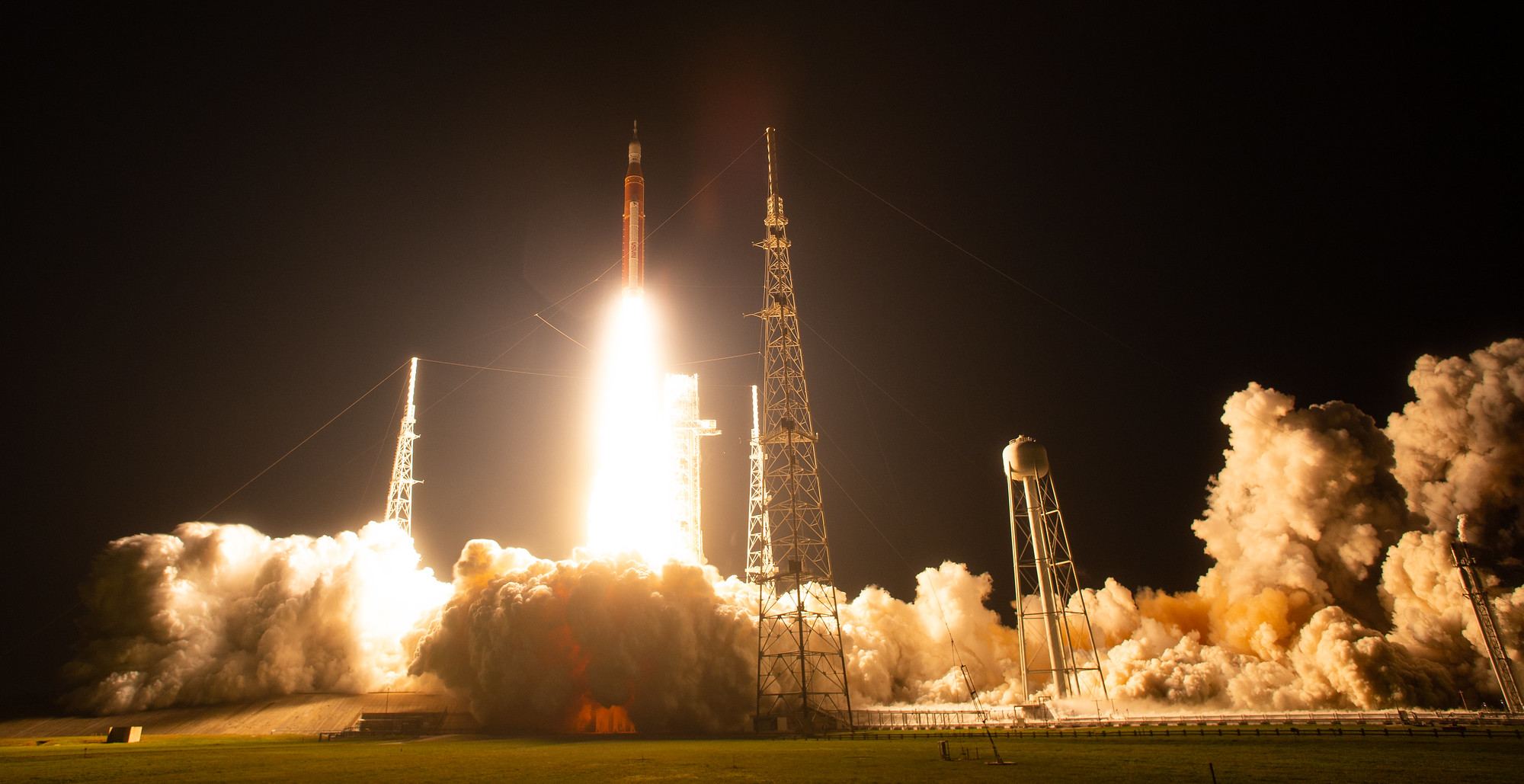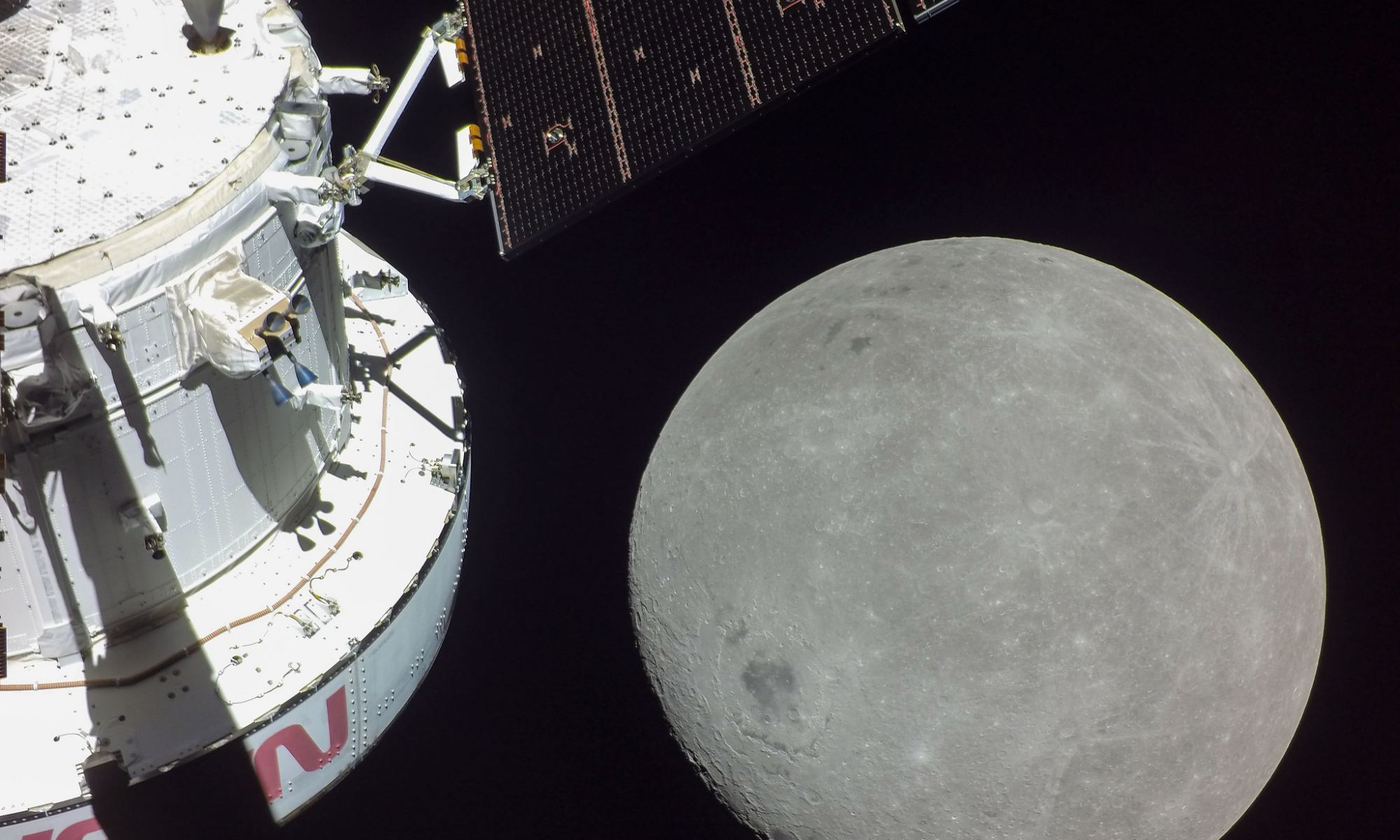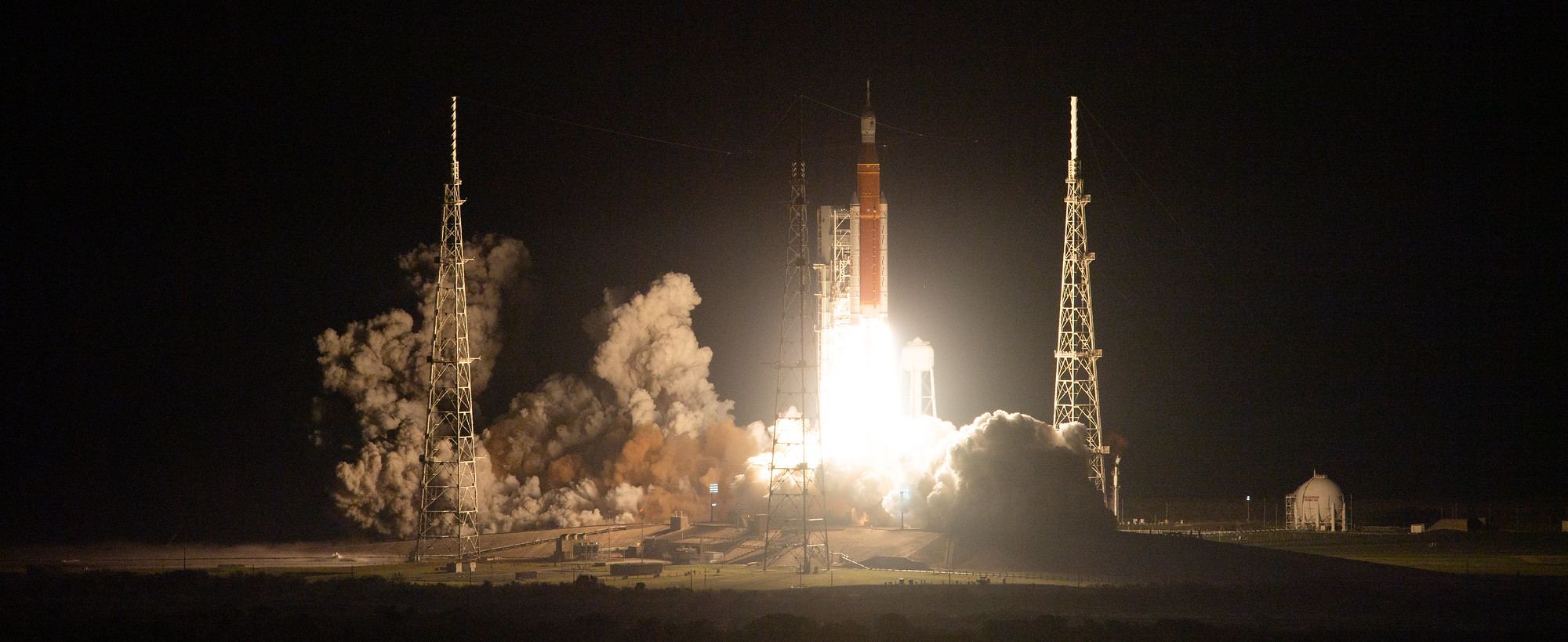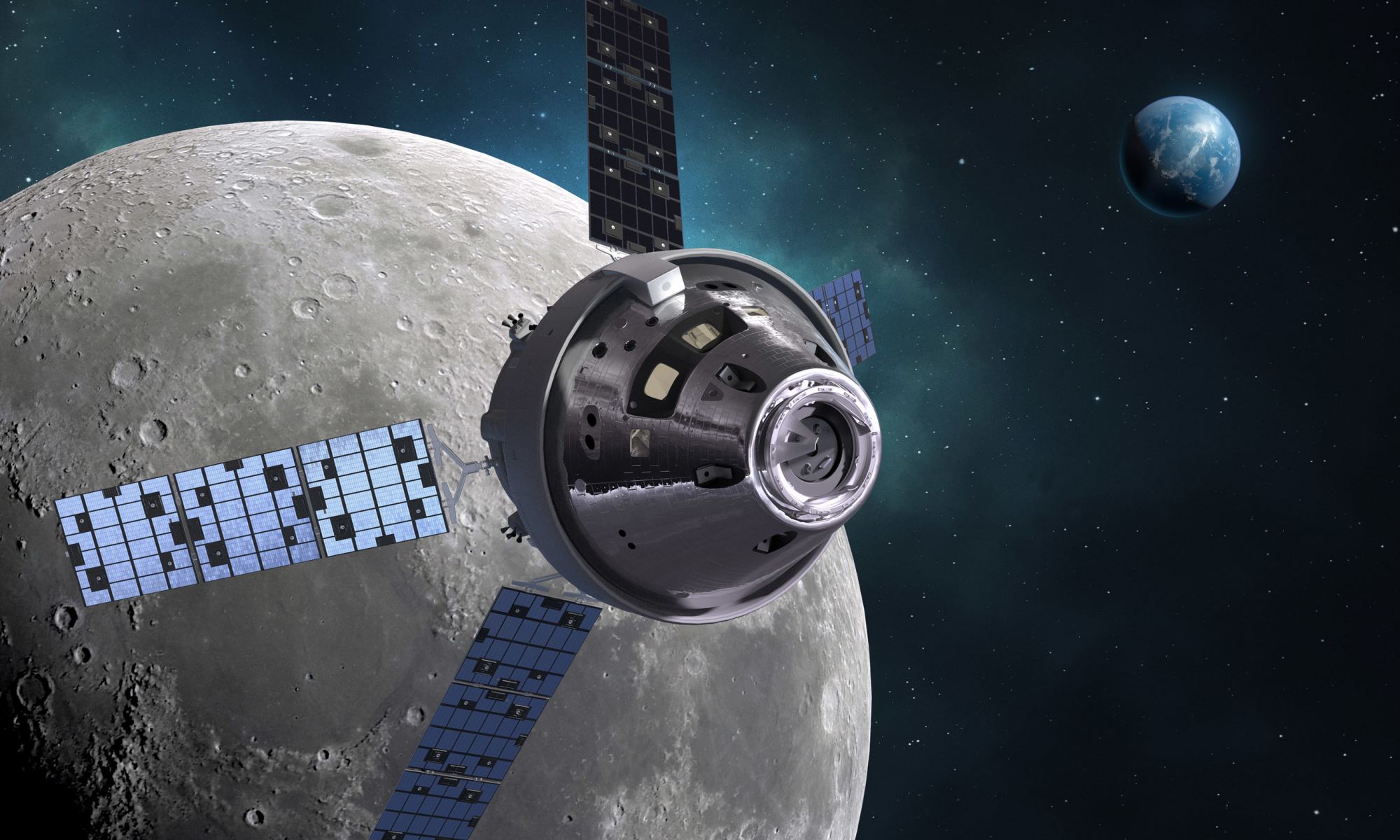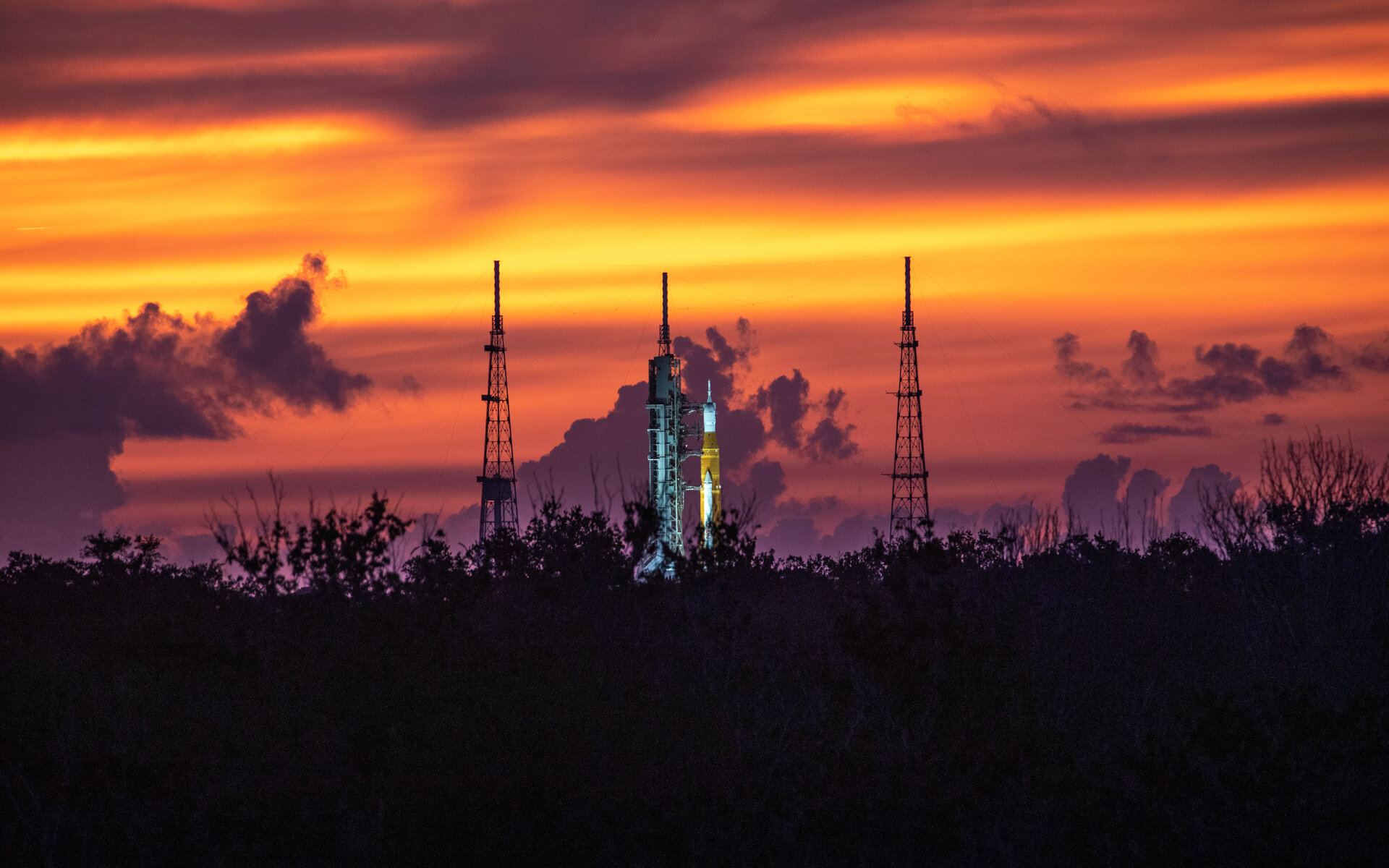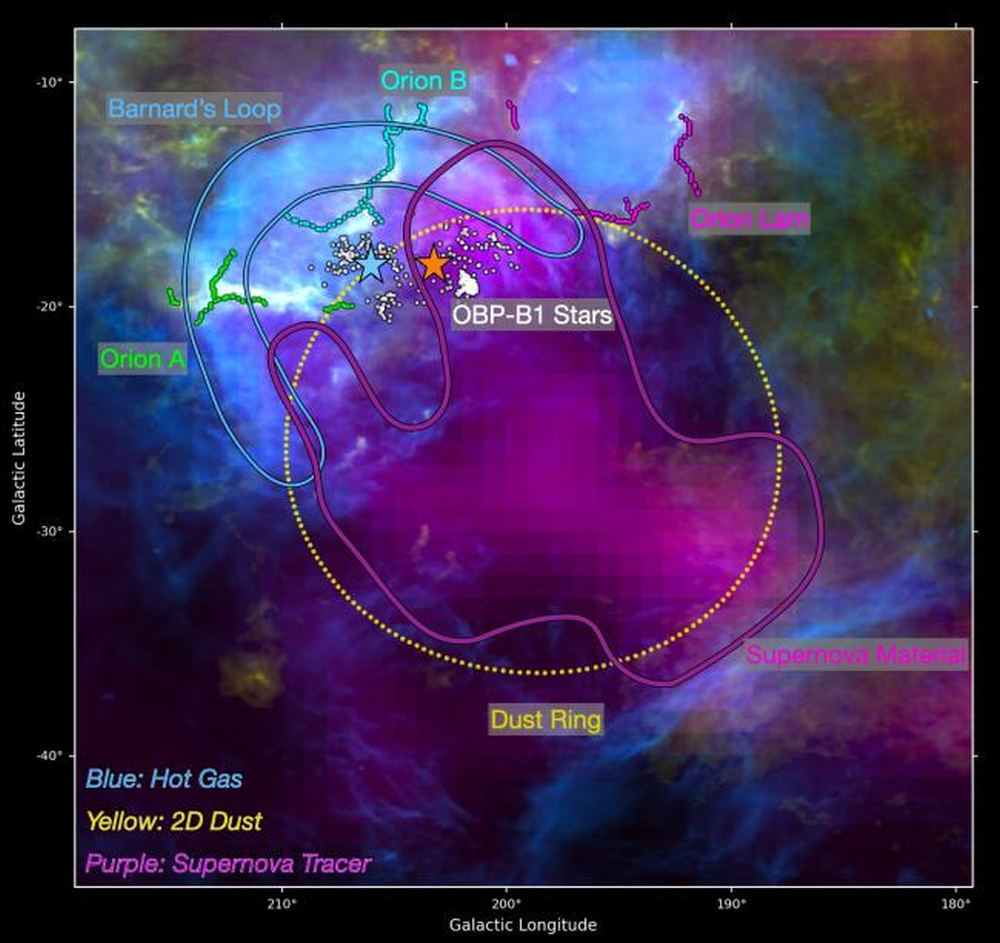The Orion Nebula is one of the brightest star-forming regions in the sky, easily visible in a small telescope. But you’ve never seen anything like these new images from JWST. Researchers have created enormous mosaics of the region in both short and long-wavelength channels. An interactive interface from ESA allows you to zoom in and out of the image and switch between the views. You can see details in the stellar discs and outflows in the short-wavelength version, while the long-wavelength version reveals the network of dust and organic compounds.
The new images also reveal some mind-boggling enigmas.
Continue reading “Incredible New Images of the Orion Nebula From JWST”
